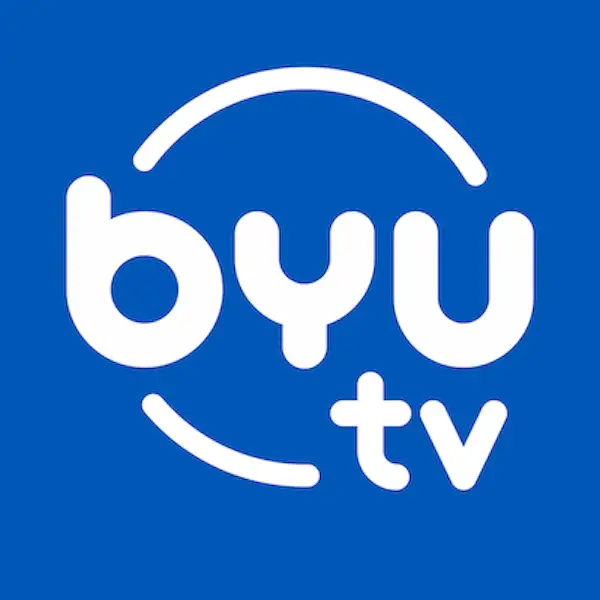
COVID-19 Risk, Playoff Sounds, Liberation Station Store
Top of Mind with Julie Rose
- Sep 21, 2020 8:00 pm
- 1:43:07 mins
Eating Out, Grocery Shopping, At the Gym. Where Are You Most Likely to Catch COVID? (0:30) Guest: Saskia Popescu, Assistant Professor, Biodefense Program, Schar Schoolof Policy and Government, George Mason University Scientists at the CDC recently looked at COVID-19 patient numbers from 11 different hospitals around the country to see what people who got the disease had in common. One thing stood out them –people with COVID were twice as likely to have eaten in a restaurant recently. So that got us wondering, how to gauge the risk of all the different activities we’re doing on a daily basis. Is cheering your kid from the sidelines at a soccer game more or less risky than going to the movies? Or grocery shopping? Here’s an easy chart from Dr. Popescu to help you gauge the risk of various activities during the pandemic. Making the NBA Playoffs “Sound” Normal (20:24) Guest: Mark Dittmar, Vice President, Firehouse Productions The NBA playoffs continue to play out inside a fan-free bubble. But it sounds like there’s a crowd in the arena. During every one of these NBA games, there’s a team of what are basically crowd noise DJs firing off various sounds to make it feel to the players and the TV viewers like the seats are packed with fans. The NBA hired a special event firm called Firehouse Productions to make the crowd noise happen. Earthworms Are Welcome in Gardens, but Potentially Bad for the Arctic (38:58) Guest: Jonatan Klaminder, Professor of Environmental Science, Umea University in Sweden Gardeners generally like earthworms: they aerate the soil, they help decompose dead material, they improve plant growth. But those same things make earthworms unwelcome in some ecosystems –like the Arctic. The Feed Problem That’s Holding Fish Farms Back (52:51) Guest: Kevin Fitzsimmons, Professor of Environmental Science, University of Arizona, Team Leader, Myanmar Sustainable Aquaculture Project in Yangon, Myanmar More than half of the seafood available for sale globally comes from fish farms, which lets wild fish populations off the hook. The trouble is that fish raised on farms still have to be fed. And what do they eat? Smaller fish that’s been harvested from the oceans. Now those fish populations are at risk. So can we grow the fish to feed other fish in farms too? Or find a fish-free feed option? A Family Opens Their Own Bookstore After Having a Hard Time Finding Children’s Books with Black Characters (1:12:25) Guest: Victoria Scott-Miller, Owner, Liberation Station Bookstore Right now, half of the ten best-selling picture books on the New York Times list are written by Black authors and feature Black main characters. Books by and about African Americans have been prominent on best-seller lists all summer. Victoria Scott-Miller was ahead of the trend with her Liberation Station Bookstore, which stocks only children’s books with Black characters, authors and illustrators. The store is online and at some pop-up locations. Wildfires Pose a Threat to Local Water Supplies (1:29:45) Guest: Andrew J Whelton, Professor of Civil, Environmental, and Ecological Engineering, Purdue University If you live in the West, you know how the wildfires are affecting air quality. If you don’t, you’ve seen the photos. Many of the effects of massive wildfires are visible–the smoke, ash and burned acres. The effects on drinking water in fire areas are notvisible–and often not something residents or local officials are prepared to deal with. In some cases, they don’t even realize there’s a problem.


